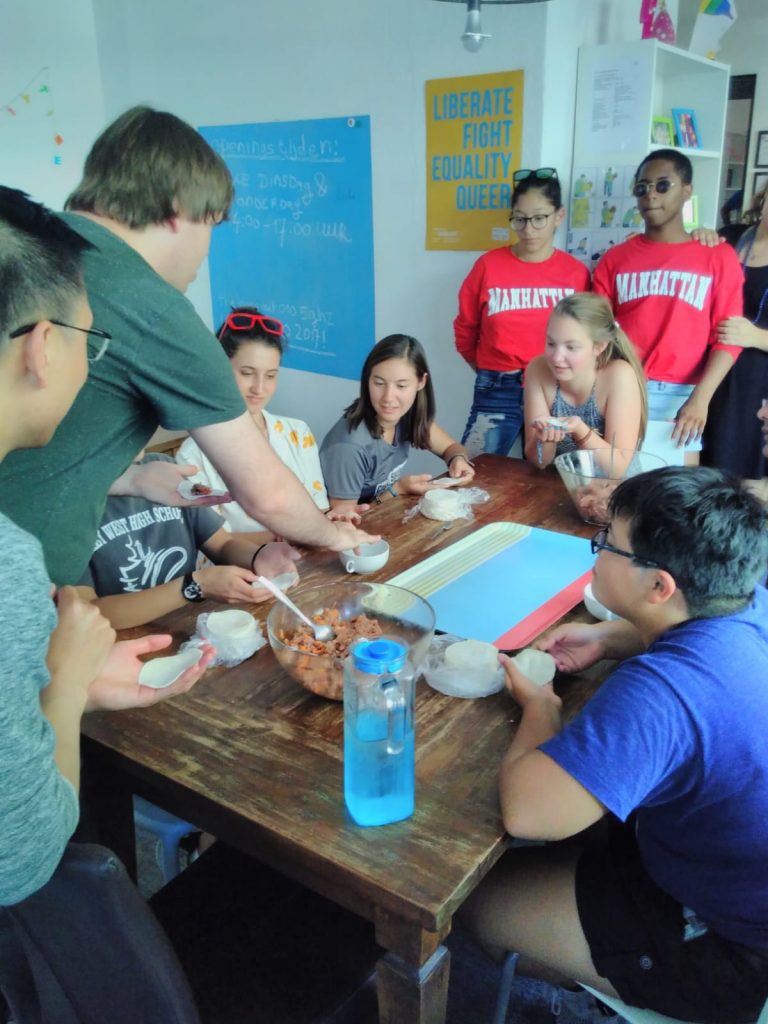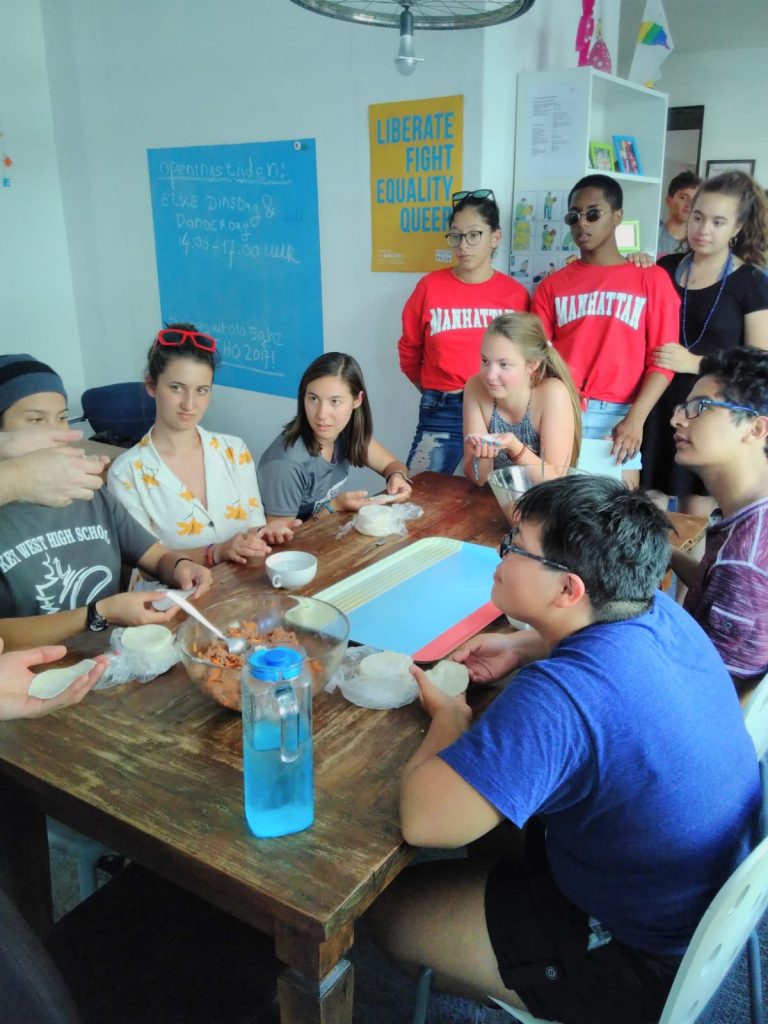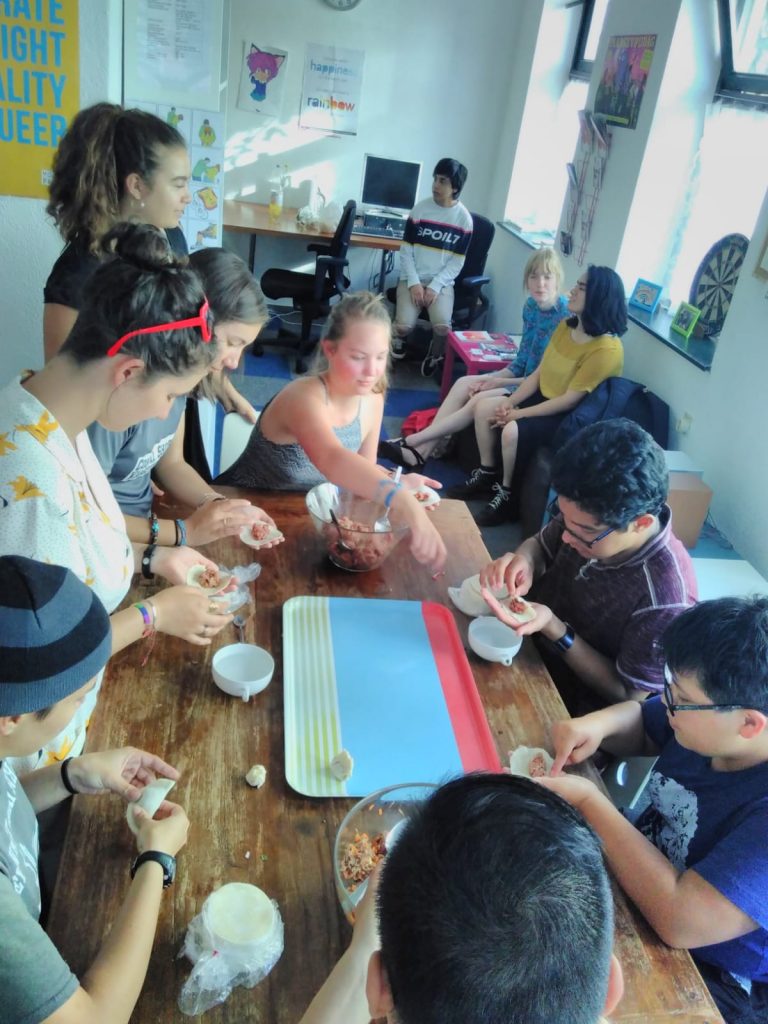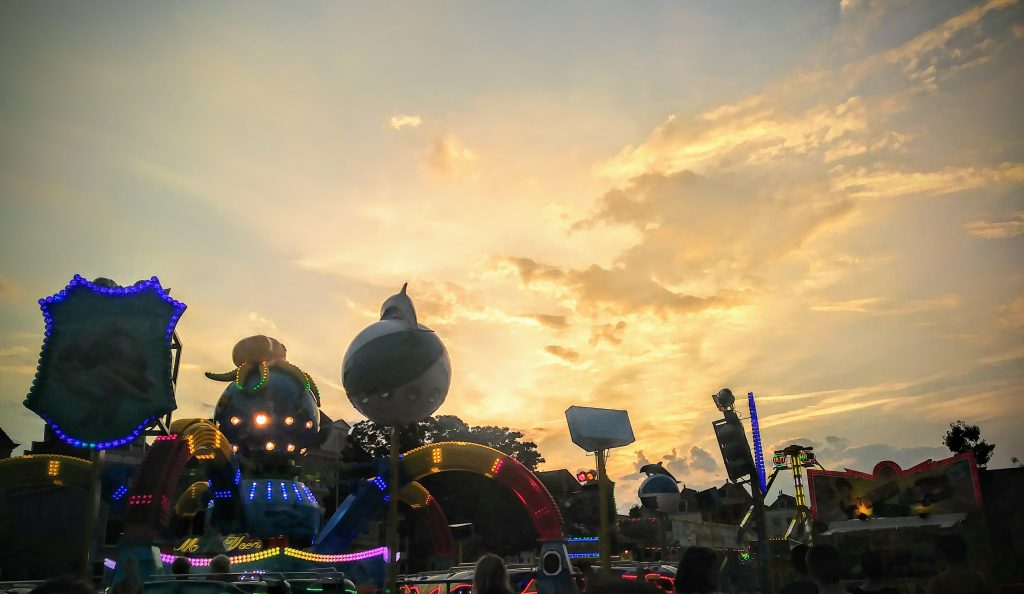
Here is our second blog post, written all by students, as well as some photos. Enjoy!-Peter and Emily
Undocumented NL by Terry
On Friday, July 13, the group in the Netherlands were given a lecure on the undocumented society of
the Netherlands. The lecture was presented by Simone Zeefuik, a black woman who in some form helps
undocumented people get citizenship status. During the lecture we were informed on the importance of
language when describing an undocumented case on such terms as an “illegal” versus “illegalized”. She
also shared with us what refugee support camps look like, as she volunteered at one for her 30th
birthday. In that personal anecdote, she also teaches us on the racism that goes on with the refugees
between a variety of races and from her own experience. Her personal experience as a volunteer was
very eye-opening in seeing how even in poor conditions, racism and prejudice can still be prevalent. The
Netherlands, which can be perceived as very welcoming and accepting, also has problems of their own
when it comes to race and how they choose to deal with particular issues, such as refugees. It was
interesting to see how the refugee experience differs from how the United States handles its
undocumented citizens.
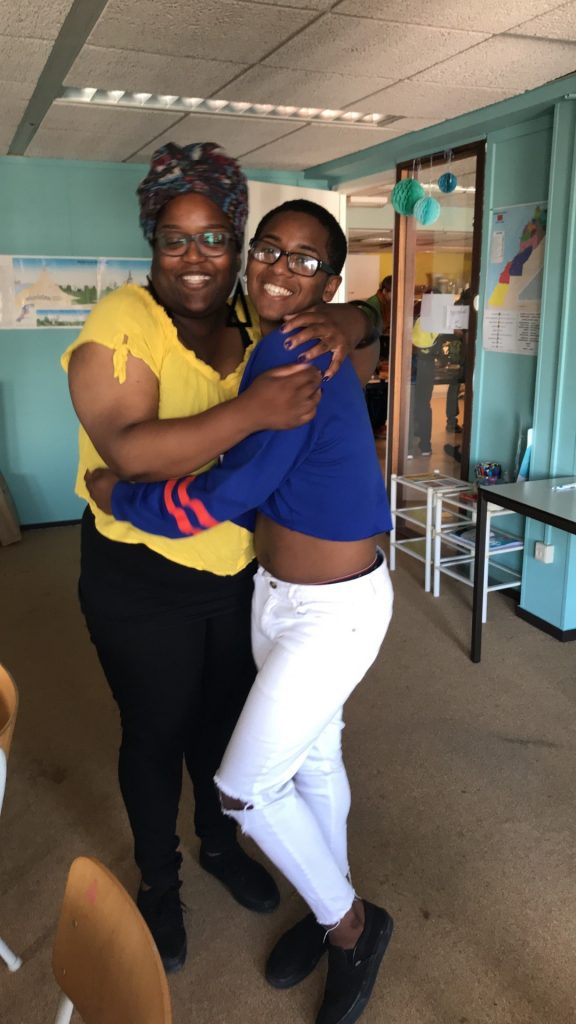
Interactive Panel: LGBT+ Youth & Activism in the Netherlands by Hannah
On Friday the 13th, after lunch at the SIT office, we all sat down in the classroom for 2.5 hour panel. I
feel confident in saying that all of use were sufficiently delighted when we were introduced to our two
panelists – Naomi and Tersa, both LGBTQ+ identifying women of color in their early twenties. For the
next few hours we engaged in one of the most lively and inspiring discussions of the last two weeks.
Naomi and Tersa began by introducing themselves and explaining their roles in local activism. After they
explained their current projects and history in activism, they encouraged us to share our experiences
with organizing and demonstrating, and the causes that we are passionate about. We discussed
maintaining safety during demonstrations, and the role of white privilege in activism. The panel came to
and end with a conversation about what exactly it means to be an activist, and how fill that role outside
of organizing and demonstrating, and how we can put power behind our voices and help to mobilize
other youth. I found it immensely empowering to have engaged in such an honest conversation with
young women who had such courage and success in their political and activism-oriented endeavors. The
group left the panel with a collective increased feeling of social responsibility and hope for making
change.
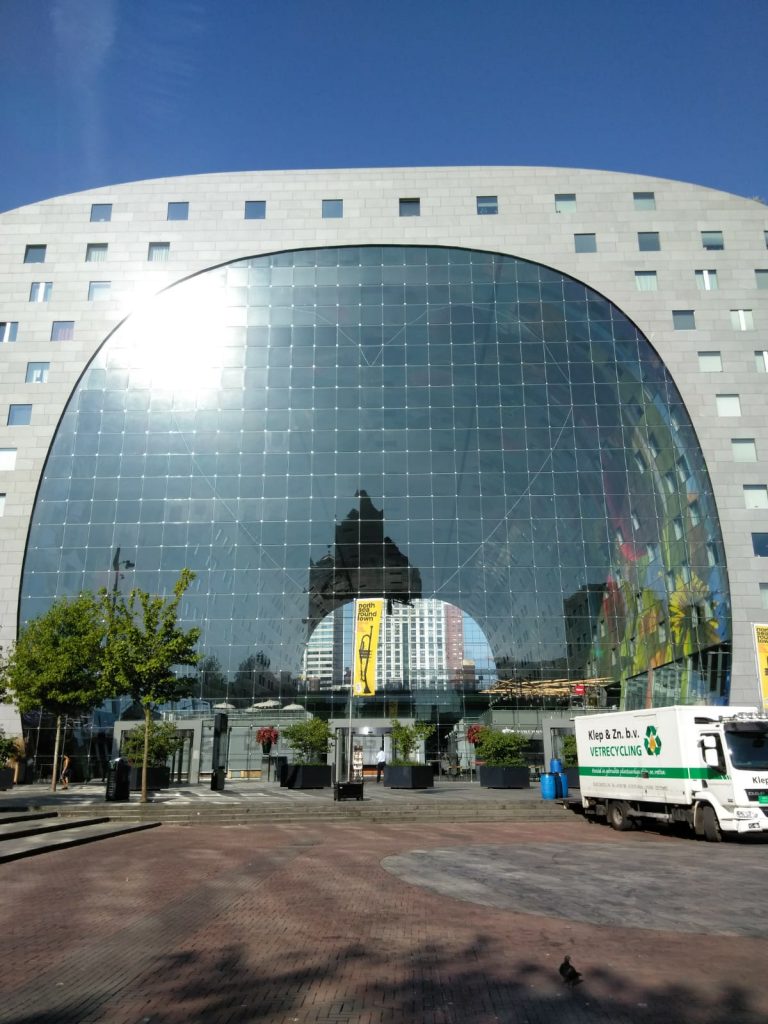
Two Perspectives on The Humanity House by Mathieu and Julia
On Sunday July 15th, the group went to the Humanity House in The Hague: an experience that had given
us a more educated perspective on immigration.
We walked downstairs where we learned more about the process of immigration and heard personal
stories of those who had fled their country in hopes of a better life.
The experience began through the descent into a series of rooms, of which contained strewn toys,
clothing, and upturned furniture. Newspaper had covered the windows in the room and the atmosphere
was tense. We were divided into pairs and given a map, as well as identification documents. We would
have filled out the questions on the map as we went on. Going further in, the walking space became
limited as the walls came closer together. Then, we were met with a room with only an empty mirror.
You were invisible, no longer a reflection of yourself. Are you still who you were after all this?
At the end, there was a room where we could learn more about the people from the presentation: their
lives before leaving the country, and who they truly were, not just an immigrant. This conclusion and the
rest of the experience we had through the Humanity House had left us all impacted in a way by the
powerful depiction and reality of immigration, and that such should not be ignored.
On Sunday, July 15th the group had the opportunity to visit an exhibition at the Humanity House in The
Hague. This exhibition is meant to simulate the experience of undocumented immigrants in the
Netherlands who have had to seek asylum from their country of origin. All of us having different
experiences with this topic, we went into this experience with an open mind, nervous but interested to
hopefully gain some empathy for the millions of undocumented immigrants all over the world. We
attended an introduction on the material where we learned some surprising statistics. For example,
Turkey alone houses 2.9 million refugees, Lebanon has 6 million people total, 1 million of which are
refugees. Pakistan hosts 1.4 million refugees. Hearing these statistics, how many refugees would you
guess that all of Europe hosts? 10 million? 20 million? Those were our guesses, but they were far from
the truth. The entirety of Europe hosts only 2.2 million refugees. That was the first time of many that
our expectations were shattered.
After that informational session we paired up and prepared for the immersive experience. The first step
was to take a picture of ourselves for an ID card that would be used later, meant to be similar to the ID
cards that immigrants attain. We then entered a room that looked like a living room from a house and
immediately we could hear bombings through the boarded up windows and a voicemail message asking
us if we were going to leave or stay. We then went to a laundry room and then a room with an open
laptop. That laptop showed a Facebook page scrolling through news headlines about how the
Netherland is being bombed (again, this was a simulation meant to put us in the shoes of a refugee) and
how we need to evacuate. We were prompted on whether we wanted to stay or leave and we decided
that the safest option was to flee. We then winded our way down a narrow hallway, looking through
cracks and holes in the walls to see the rest of the world in chaos. We saw through these cracks
mountains and deserts as we made our way on this journey for safety and freedom. Finally we arrived at
a huge, overwhelming room full of binders. We were told to file our identification sheet by the first two
letters of our names. We found the corresponding binder and opened it to see dozens of papers from
other refugees. It was eye opening to say the least. We then went to a small, cramped room where we
submitted our request to gain access to our desired asylum country. Once we made it through that
hurdle, we finally had access to safety. And that’s a luxury that many many immigrants don’t get to
experience. Finally, we got to watch videos from real refugees who came to the Netherlands seeking
asylum who spoke about their experience.
This experience was overwhelming, scary, and eye opening, but even with this simulated journey, we
still cannot come close to understanding the fear, anxiety, and torment that these people who are just
looking for safety experience. Their courage and bravery became incredibly evident after this experience
and definitely encouraged myself and many others to take action when we get home to open the eyes
and hearts of anyone and everyone we can and help make America safe and accessible to everyone, not
just the idealized American man. I feel so lucky to have gone through this house and it definitely helped
me and many others remember the humanity in ourselves and in everyone else on this earth.
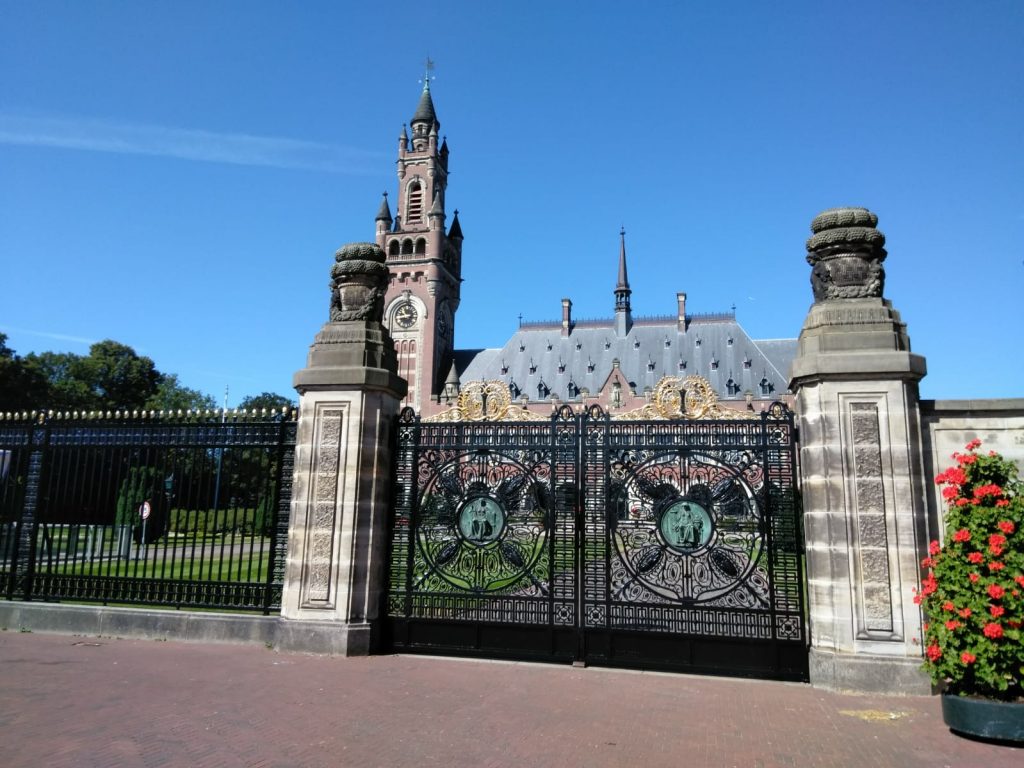
Making Dumplings by Yaneth
After a wonderful, hot day of visiting the Peace Palace and the Humanity House, the experiment group
went to the Hangout. That was a safe space for LGBTQ+ teens to hangout. We all walked in, tired and
sweaty, but definitely excited. After going all the way inside, we found a room of couches and we all
chose a spot to sit down on. A lot of the couches were funny and covered in jean material. There was a
pile of Dutch board games next to me and a bookshelf with a mix of lovely gay books. There were some
adults there who were a part of the LGBTQ+ community and helped the Hangout run smoothly. Two of
them were preparing a feast for our experiment group and I was really grateful. Unfortunately, shortly
after arriving, I fell asleep. I woke up to my experiment group having a funny discussion about how they
knew they were gay/bi/etc. One of the wonderful ‘chefs’ of the Hangout came and asked if anyone
wanted to help with the dumplings. I was really excited and, regardless of how tired I was, I went and
helped. There was a table set up with 2 bowls of dumpling filling, circles of dumpling dough, and small
bowls of water. The ones who wanted to help sat down. One of our group members was already an
expert and they helped us figure it out. I had never made dumplings before and it was so cool to be
introduced to that little piece of culture. After many many dumplings, we were all able to enjoy the
food. I didn’t know such a small thing could make me feel so close to these people, and I didn’t know the
Hangout could bring me the home I had been missing at the time. It was so nice to see everyone smile
and laugh over messing up some dumplings, there was no shaming. I don’t know when I’ll find a family
like this again, but I do know I wouldn’t change anything about them. I never knew being part of this
community could bring me so much joy, I never want to forget it and I will definitely take this love and
acceptance back home with me.
